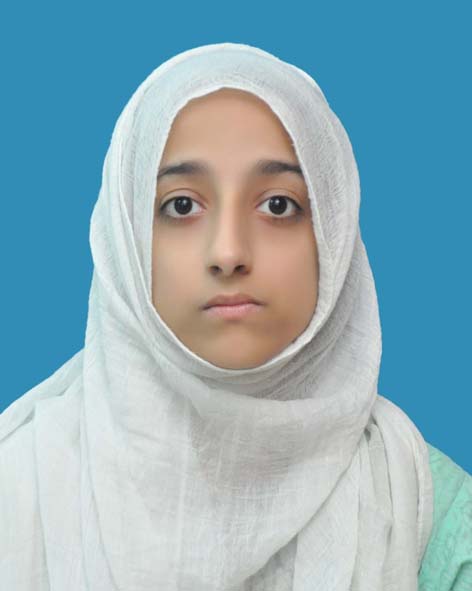If you love astronomy and have dreamt of winning the Nobel Prize, this piece is for you. Here, we will go through the research work of Reinhard Genzel along with his companions Andrea Ghez and Roger Penrose, who shared the 2020 Nobel Prize in physics and conquered our hearts. The thing common about these 3 scientists is black hole research. Roger Penrose made a bigger contribution and got half the prize share. He proved that the very formation of a black hole was predicted in Einstein’s General Theory of Relativity.
Reinhard Genzel and Andrea Ghez, who both have one-fourth share of the prize, discovered a supermassive compact object at the center of our Milky Way galaxy. This shows how far we have come in the race to explore the cosmos, but still not even outside our galaxy.
About Reinhard Genzel
Born in 1952, Reinhard Genzel received his physics degree from Bonn University in Germany. Later, I studied at the Max Planck Institute for Radio Astronomy, went to the Harvard-Smithsonian Center for Astrophysics, and then served as a professor at the University of California. Besides his extraordinary academic background, this genius has won a whole bunch of prizes, which include the Gottfried Wilhelm Leibniz Prize of the German Research Foundation in the year 1990, the Balzan Prize in the year 2003, the Shaw Prize in the year 2008, and the Crafoord Prize in the year 2012.
What exactly did Reinhard Genzel work on?
With their team, Reinhard Genzel and Andrea Ghez worked on the stars’ patterns close to the center of our galaxy, which made them realize that something fishy was going on in the center. That’s where the Nobel seeds were sown, and the prize was reaped. They discovered a supermassive black hole and calculated its mass. This is my favorite part because I’m not too fond of the uncertainty around black holes as an astronomy student. Even though our academic syllabus will become harder, it will be a little clearer about black holes from now on.
How the existence of a supermassive black hole was proved?
To prove that a supermassive black hole exists in the center of our galaxy, the scientists had to demonstrate that;
- The center was extremely massive.
- The mass at the center was located in a very tiny volume.
- Another concept is the Schwarzschild radius.
This is one of the best things I ever came across. Here is when we realize that astronomy is actually about the universe. If an object is compressed to the Schwarzschild radius, which is different for everything and depends on the mass, it will become a black hole if an object is somehow compressed to its Schwarzschild radius.
To put it simply, the black hole was just a massive star once, which now is compressed to the Schwarzschild radius of that parent star. Now, this concept is important because if we know the Schwarzschild radius of something and the mass, we can move towards proving whether it’s a black hole.
Finding out the mass and the Schwarzschild radius is vital to the black hole neighborhood. Stars revolving around a black hole tell a lot about its nature. Like planets in the solar system revolve around the sun and maintain an orbit, so do stars around a black hole.
Their orbit helps find the Schwarzschild radius, and the velocity helps determine the mass of the black hole. With the orbit and velocity information of close stars like the star named S0-2, scientists concentrated on a much smaller area, and the mass that we measured there strongly suggested the presence of a black hole. With the Schwarzschild radius information, we knew that such a huge mass could only be possible for a black hole in such a small region.

The mass of our very own black hole
After years of detailed study of close stars, Reinhard and his team calculated the mass of the black hole at the center of our Milky Way known as Sagittarius A*. They found it to be 4.3 million times the mass of our Sun. Radio emissions from the black hole further suggested that it’s a pretty small object, confirming the idea that it is a supermassive black hole. Observations also suggested that stars close to the black hole do not revolve in a neat elliptical pattern. Instead, they make rosettes, as shown in Figure 1. This discovery aligns with the General Theory of Relativity predictions, thus proving that Einstein was right again!
Another extraordinary observation was the gravitational redshift, a light shifting to the spectrum’s Red part due to extreme gravity. A star named S0-2 came very close to the black hole in 2018 and had a distance of 14 Billion Kilometers, showing gravitational redshift. This redshift was predicted by none other than Einstein in his Theory of General Relativity.
With all this said, it’s amazing to see how far we have come from when stars were godly objects. We are now aware of the Life cycles of stars, how they are born, and how they die to become black holes or supermassive black holes; on top of all that, we are aware of how a black hole can be spotted.
Thoughts on the 2020 Nobel Prize
This year’s Nobel Prize was not just about scientific discoveries but about how magnificent scientific collaborations could be. Reinhard Genzel, Andrea Ghez Roger Penrose, and several other scientists proved the existence of a black hole and further validated General Relativity. It is quite unbelievable how far scientists can feed their curiosity.
References:
- https://www.mpg.de/15493117/nobel-prize-physics-2020-genzel#:~:text=Genzel’s%20work%20spans%20both%20galactic,accurate%20estimate%20of%20its%20mass.
- https://www.nobelprize.org/prizes/physics/2020/summary/
- https://theconversation.com/nobel-prize-how-penrose-genzel-and-ghez-helped-put-black-holes-at-the-centre-of-modern-astrophysics-147613#:~:text=Supermassive%20discovery,stars%20around%20this%20invisible%20object.

Urooj Murtaza is an amateur astronomer and a passionate explorer by heart. She has a great interest in learning about “High Energy Astronomy and Astrophysics.” She loves writing about it that makes her feel like thoughts have found a medium to travel far beyond the unseen!

